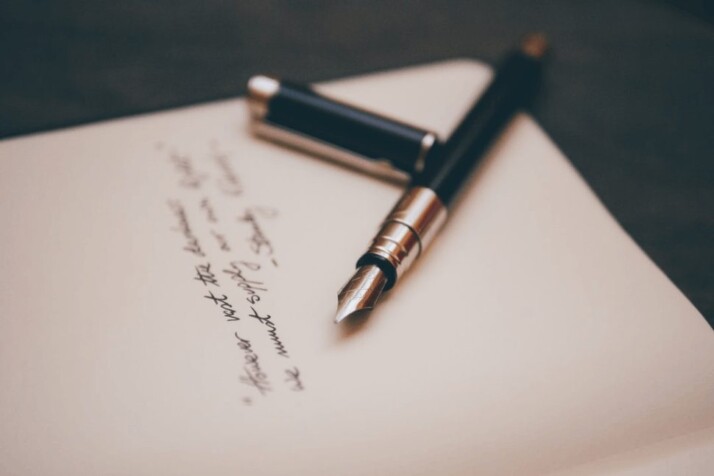Are you wondering how to end a formal letter? You’re in luck. This article explores the entire process.
Why is the ending of a formal letter important?
The ending of a formal letter makes the reader feel like the letter was worked on for a long time. This indicates the writer spent considerable time on each of the letter’s paragraphs and how they are interconnected when read as a whole.
While not essential or relevant to the sender, this connection is significant to the recipient since it makes them feel valuable to the sender.
How to End a Formal Letter: 10 Best Closings
Signing a formal letter often feels more personal than an email. But do not let that intimidate you when you are on the receiving end.
Follow our quick list below to help you on how to end a formal letter the right way.
- Yours Faithfully
- Yours Sincerely
- Cordially
- With gratitude
- With appreciations
- Best Regards
- Warm Regards
- Yours Respectfully
- Kind Regards
- Yours Truly

Things to Consider When Ending Your Letter
The purpose of your letter is to make a point. At the end of your letter, make sure the topic is apparent. When it comes to finishing your letter, there are a few things to keep in mind. Your letter ending should reflect the following elements.
1. Politeness
It is important to remain polite, even if you write a letter you do not want to write or to someone you despise. If you’re impolite, it could hamper your reputation later.
The letter should end with a courteous tone to leave a positive impression on the recipient.
2. Professionalism
The tone of your letter must be should be respectful and professional, complementing the reader’s efforts and good status. Be professional
whenever sending a formal letter, even if you know the recipient well. Maintain a formal closing if you’re in a professional setting.
3. Use a Purposeful Sentence at the End
You may wish to include a small last paragraph at the end that is only one or two sentences long. It should be after the major body of your letter but before the conclusion.
This last sentence can be used for various purposes, including clarifying the purpose and summarizing the main point. You can also request an action, extend an invitation, express gratitude, or verify a connection.
4. Summarize Your Purpose
By the ending of your letter, your reader may have forgotten some of the key arguments you presented earlier. Give a quick rundown of the points.
The conclusion of your business letter should relate to the purpose of the letter. You might end the letter with the phrase, “With thanks,” when writing to ask for a favor or express gratitude.
If your letter is intended to establish a business relationship, you should end it with a word like “Respectfully” or “Sincerely.” When deciding on a closing, keep the context of your letter in mind.
5. Encourage a Call to Action with an Open Ending
The call to action is vital because it outlines what you want your reader to do next and how they may get started.
You want to be able to contact them and have them willing to speak with you or meet with you to discuss things further.
They could be uncertain themselves, so allowing them to contact you or follow up can help move things along. Make sure your conclusion motivates the recipient to take action.
6. Add Your Signature at the End
Even if the recipient of your letter is someone you know well, you should sign off professionally.
Include your signature after the final phrase. If your contact information is not already included in a heading at the top of a professional letter, include it after your signature.
You can also attach a link to your online professional profile or work portfolio if you’re sending the letter via email.
To Wrap Up
Consider the recipient’s formality, the letter’s importance, and professional vision when deciding how to end a formal letter.
When crafting your letter, try to include a final sentence that encourages a call to action. Make the sentence well-written and concise with an open ending that is inviting to the recipient.
Explore All Formal Letter Articles
Writing a Formal Letter for Leave Application
Looking to write a formal letter for leave application? That’s not surprising. What is a Leave Application? Allowing for a…
When to Use a Formal Warning Letter
Are you wondering when to write a formal warning letter? What is a Formal Warning Letter? A warning letter is…
Writing a Subject Line in Formal Letters
Writing a subject in a formal letter is not as complex as you imagined. What is the Subject Line in…
Writing a Cover Letter for a Report
Are you looking to write a cover letter for formal report? You’re in luck — this article explores the detail.…
A Guide to Salutation of a Formal Letter
Salutation of a formal letter can exist in various forms. What Is a Salutation? A salutation is the greeting used…
Learn to Cite Formal Letter Enclosure
For people who send business letters on a regular basis, knowing how to cite a formal letter enclosure is essential.…
